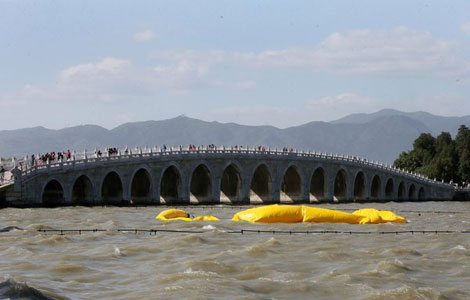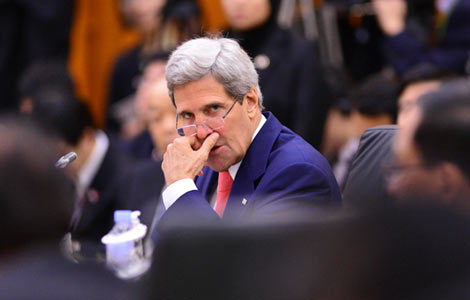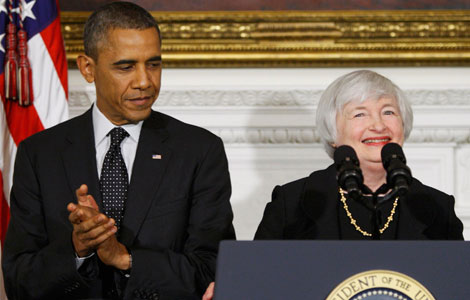Economist: Indonesia's star is rising in region
Updated: 2013-10-07 07:26
By Zhuan Ti (China Daily)
|
||||||||

In recent years, Indonesia has become one of the best performers in the world economy, with a GDP growth rate that consistently tops 6 percent.
This achievement has been made possible through the efforts of the Indonesian government, according to an analysis of the country's economy by Wu Chongbo, a professor of economics who specializes in Southeast Asian studies at Fujian-based Xiamen University.
Wu said they have restructured some major industries, developed the country's infrastructure, promoted manufacturing and continued to boost domestic consumption.
The Indonesian government recently adopted a plan to build "six big economic corridors" around the country. These six areas will be the cores of the local economy. Each of them will function just like the CBD of a city, Wu said.
The government also aims to restructure 10 major traditional industries like textiles, iron production, auto and petrochemicals.
In the next five years, the Indonesian government will invest $150 billion dollars to improve its infrastructure, including highways, railways, power plants and many others, Wu said.
Supported by improving infrastructure, the manufacturing industry will lead economic development at the current stage, according to Wu.
With restructuring, the government is trying to increase production efficiency in a bid to attract more foreign investors as well as to maintain a steady and sound economic environment in the country.
Other aims of restructuring include readjustment and bringing stability to the labor market as well as making the best use of Indonesia's natural and labor resources by avoiding industries that are not as competitive with its neighbor countries.
The efforts of the government have paid off. In 2011, Indonesia became the largest auto market in Southeast Asia. It produced a total of 1.12 million autos in 2012, an increase of 24.8 percent year-on-year, outpacing growth in China and India.
The export value of textiles of Indonesia in 2012 was $12.5 billion, making the country the textile giant of Southeast Asia, Wu said.
The Indonesian government is quite proud of its high domestic consumption
.The Indonesian economy is driven by a different motor compared to many other Southeast Asian countries, according to Wu.
Many of them rely on exports, with European Union and the United States as the major markets, so they suffered a lot during the recession, according to Wu's analysis.
But Indonesia is much more independent. Its degree of foreign trade dependence in 2009, according to statistics from IMF, was 39 percent, far lower than the average 102.7 percent of the 10 countries in the Association of Southeast Asian Nations.
"In the past 15 years, domestic consumption has driven economic development in Indonesia. It consistently contributed to two-thirds of the GDP," Wu said.
In 2011, during the economic recession, Indonesia still maintained a GDP growth rate of 6.5 percent, which was quite rare in the whole world, Wu said.
In 2012, the rate was 6.3 percent, just second to China's 7.8 percent.
Now that it is making great strides, Wu predicts Indonesia will probably become the sixth member of the BRICS group, which represents the world's strongest emerging economies.
Most Viewed
Editor's Picks

|

|

|

|

|

|
Today's Top News
China calls for social reconciliation in Egypt
Obama 'likely' to sign debt extention bill
Kerry says US will work to end fiscal crisis
Asian 'safety net' stressed
90% US firms make profits in China
Currency swap signed a 'landmark'
Libyan PM released
Trending news across China
US Weekly

|

|















